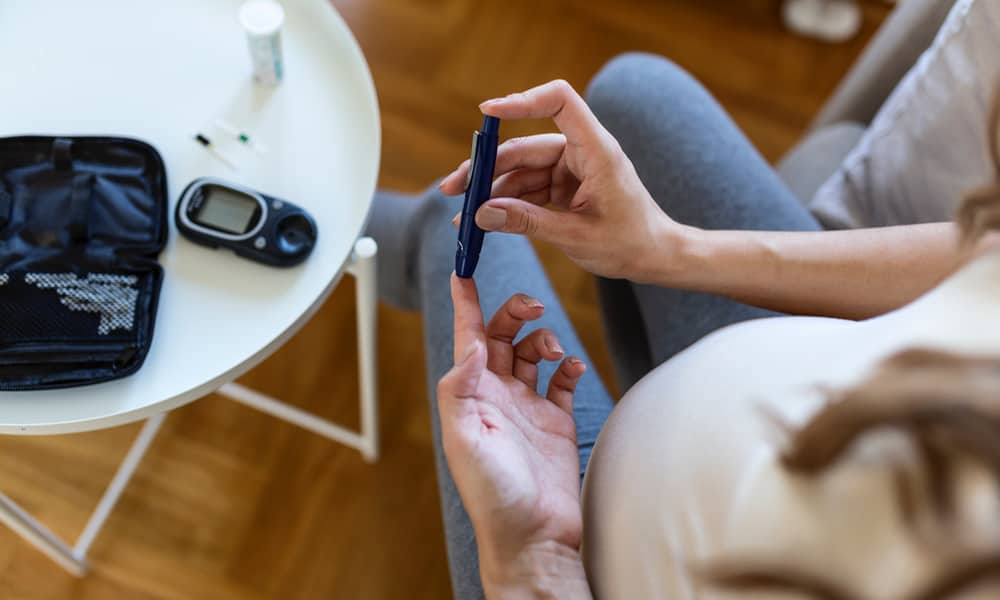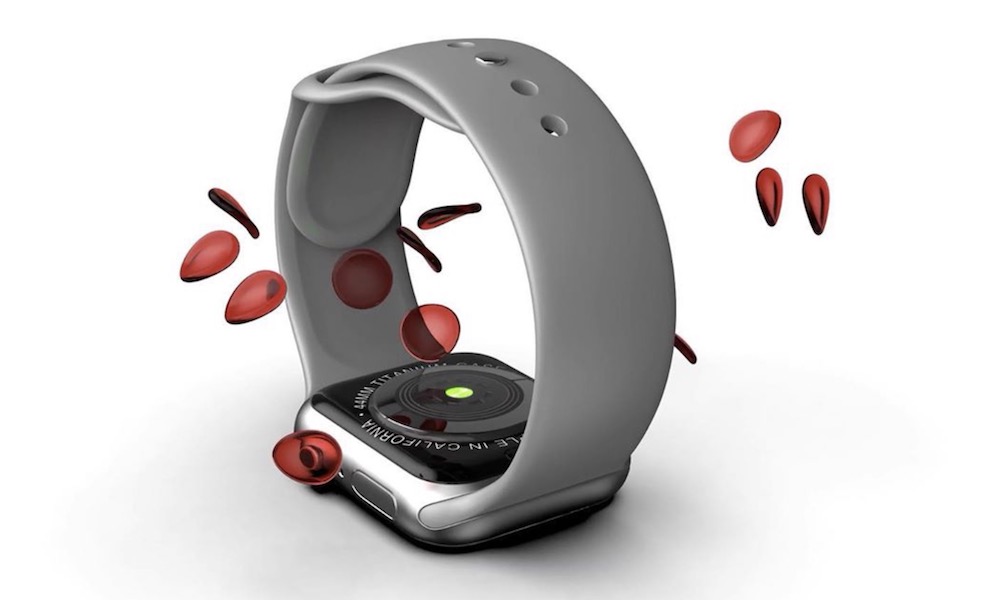Apple Has Started Testing a Blood-Sugar App (But Don’t Expect It To Arrive Anytime Soon)
 Credit: Getty Images / Unsplash+
Credit: Getty Images / Unsplash+
Toggle Dark Mode
The Apple Watch has already proven itself a lifesaving device many times over, from detecting dangerous heart conditions to automatically summoning help in an emergency. However, Apple is on a seemingly endless quest to make it even more capable, and for years, it’s been pursuing a “holy grail” of health research: non-invasive blood glucose monitoring.
According to the Diabetes Research Institute, an estimated 37.3 million people in the United States have diabetes. That’s 11.3% of the population, but only 28.7 million have been formally diagnosed with the condition. To manage their diabetes, those folks must take regular blood glucose measurements. This invasive and uncomfortable procedure requires drawing blood and inserting it into an electronic measuring device several times daily.
Medical researchers have been diligently working on developing a noninvasive blood glucose monitoring solution since 1975. Yet, even with hundreds of millions of dollars invested, nobody has created a technique that’s accurate enough to turn into a clinically or commercially viable product.
With the Apple Watch at the forefront of consumer-grade medical monitoring devices, it’s no surprise that Apple has been working on perfecting noninvasive blood glucose monitoring for years. We’ve heard recurring rumors of the possibility since 2015, but it turns out that Apple has been hard at work on developing this technology long before the Apple Watch was even a product.
Last year, Bloomberg’s Mark Gurman revealed that Apple has been working on non-invasive blood glucose monitoring since the days when the late co-founder Steve Jobs was still at the helm. Described as “one of the most covert initiatives” for a company that’s already among the most secretive in the world, it was known only as “E5” and began within Apple’s “Exploratory Design Group,” or “XDG” division.
For years, Apple’s XDG has existed with a cloak of secrecy that rivals the shadowiest government agencies, pursuing research that even few people within Apple know about. This division exists far deeper within the company than its Special Products Group, which was responsible for things like Project Titan (the Apple Car), and what ultimately became the Vision Pro headset. Secrecy can’t be easily maintained on a project intended to produce a tangible hardware product like a car, but it’s much easier to keep a research project quiet.
Nevertheless, Apple has hundreds of engineers working in the XDG division. However, it’s unclear how many even know they work for Apple, as the organization is broken up into subsidiary companies. For example, Apple’s E5 and later E68 projects covering non-invasive blood glucose monitoring were run under a startup called Avolonte Health LLC, which existed at such arms-length from Apple that nobody connected the dots until Gurman got wind of it in early 2023.
It wasn’t until 2015 that Apple brought Avolonte Health into the fold, and rumors of its work on health technology began to appear. When Gurman shared the news of the long-term project last year, he also said sources had told him that Apple engineers have managed to reduce the size of the device to something about the size of an iPhone. They’d previously run successful trials over the years with a tabletop-sized monitor but never sought to receive any kind of regulatory approval for that as that device was merely a step in the process, and it didn’t want to let the cat out of the bag until it had something more portable and practical.
Sources have also said that Apple’s ambitions go beyond merely assisting individuals with diabetes in managing their condition. Apple also hopes to create a preventative solution that could alert prediabetics — those at risk of developing diabetes — to allow them to make lifestyle changes to prevent the onset of Type 2 diabetes.
Apple appears to be moving forward with this aspect. Gurman reported today that Apple has been testing an app designed for people with prediabetes to “manage their food intake and make lifestyle changes.” The app or services was tested on select employees earlier this year, although it’s not a standalone app that the company intends to release. Instead, it’s expected to be part of a larger health solution that will likely supplement the non-invasive glucose tracking once it’s ready for prime time.
The idea behind the system is to show consumers how certain foods can affect blood sugar — with the hope of inspiring changes that could ward off diabetes. For instance, if users logged that they ate pasta for lunch and that their blood sugar spiked, they could be told to stop eating the pasta or switch to protein.Mark Gurman
In the short term, this could become part of a feature for logging meals, perhaps integrated into Apple’s existing Fitness and Health apps. While Gurman said this particular line of research “wasn’t directly tied” to blood glucose monitoring, it’s hard to see how it’s not at least tangentially related to its health ambitions in this area.
The secrecy with which Apple is still surrounding this project is also telling. Gurman says that the glucose studies on employees were secretive even by Apple’s usual standards, with employees only allowed to participate after they were vetted by managers and signed multiple medical and non-disclosure agreements.
As for noninvasive blood glucose monitoring, Gurman reiterates that “an actual product is still years away.” It’s still working on the iPhone-sized prototype, but it doesn’t plan to bring that to market, as it would be too large to even fit inside an existing iPhone, much less an Apple Watch. According to Gurman, Apple has been facing challenges in getting it down to that size, as the laser technology it relies on is difficult to miniaturize and is prone to overheating.
All the rumors we’ve heard over the years that this was just around the corner are as premature as some of the crazy Apple Glass rumors we heard years ago. The difference is that this technology could improve the lives of millions of people in a real and tangible way. It’s a nut that Apple is determined to crack.
[The information provided in this article has NOT been confirmed by Apple and may be speculation. Provided details may not be factual. Take all rumors, tech or otherwise, with a grain of salt.]










